目次~Table of Contents
Location and History
Castle along one of Kamakura Roads
Kozukue Castle was located in what is now the northern hilly area in Yokohama City, Kanagawa Prefecture. In the present Japan, Tokyo is the center of Japan including the Kanto Region. For that reason, many major roads gather in or spread from Tokyo. Some of them also go through the eastern seaside area of Yokohama City. However, before the Edo Period which started in the 17th Century, the center of the Kanto Region was Kamakura, called the Warriors’ Capital. Many major roads, called the Kamakura Roads, at that time also gathered in or spread from Kamakura. Kozukue Castle was near one of the Kamakura Roads and alongside Tsurumi-gawa River, which was an important spot for transportation.
The location of the castle

“Kozukue Territory” and “Kozukue Group”
It is uncertain when Kozukue Castle was first built. The first appearance of the castle was after the Rebellion of Kageharu Nagao, who was against his master, the Uesugi Clan in 1478. The Toshima Clan who supported Kageharu used the castle, and Dokan Ota, a senior vassal of the Uesugi Clan beat them. After a while, the Hojo Clan, a great warlord used the castle again as a bridgehead for invading the Kanto Region in the 16th Century during the Sengoku Period. Even after the Hojo Clan was succeeded, they still considered the area around the castle as one of their important territories. They called the area “Kozukue Territory” like we call the area today, Yokohama City. They also called the group of the warriors who lived in the area “Kozukue Group”. Kozukue Castle was the center of the area and the group, and one of Hojo’s branch castles, which must have been more popular than we assume.
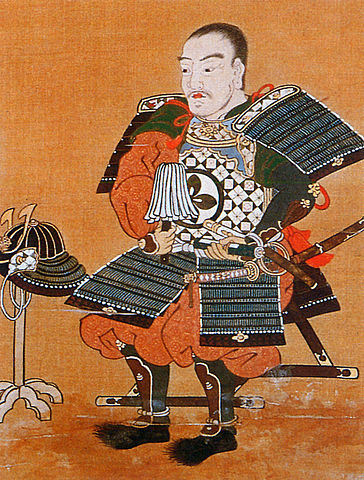
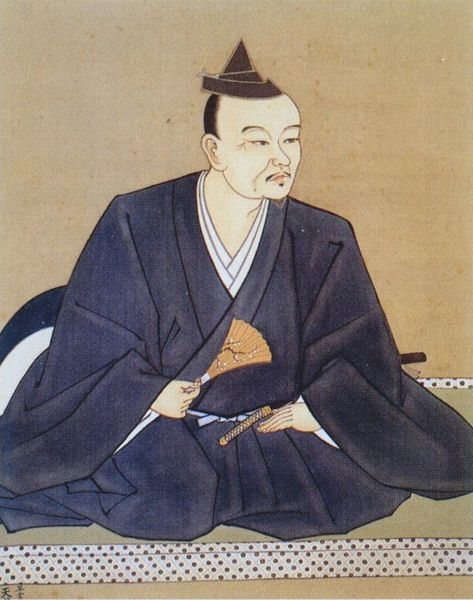
Castle has Simple Layout
Kozukue Castle was built on the edge of a hill sticking out from the south towards Tsurumi-gawa River to the north. The layout of the castle was simple, having the large Western and Eastern Enclosures, divided by the slender Connecting Enclosure. They were all made of soil. However, these enclosures were surrounded by large deep dry moats. What kinds of buildings stood on the enclosures is still uncertain, but it is thought that some turrets were built on the earthen bases. In addition, some barbicans were built along the hill around the main portion.
The relief map around the castle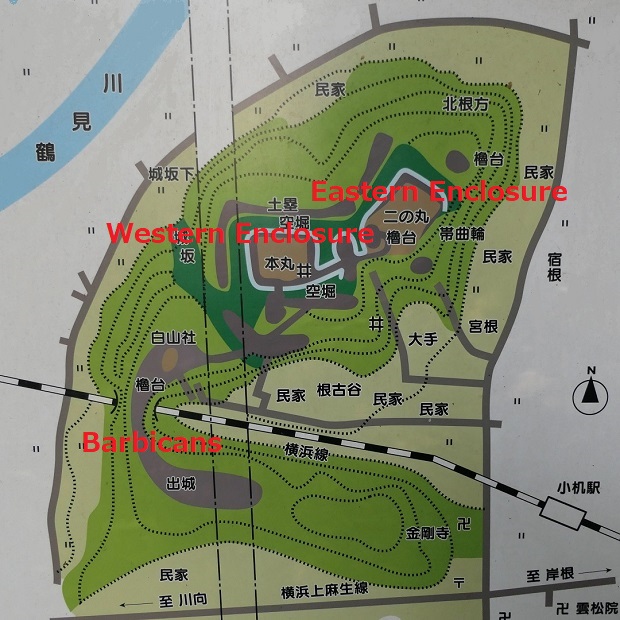
Development and Abolition of Castle
In 1590, when the ruler, Hideyoshi Toyotomi invaded Hojo’s territory for his unification of Japan, Hojo ordered their branch castles to gather the warriors to their home base, Odawara Castle. That meant the branch castles including Kozukue Castle had to protect themselves with fewer defenders. The lord of Kozukue Castle decided to draft farmers to protect it. It is thought that the dry moats of the castle were also developed making them larger and deeper to protect the castle with fewer warriors and untrained defenders. This is what we can now see as the ruins of the castle. However, no battles happened then. The castle was open and finally abandoned after Hojo surrendered to Hideyoshi.

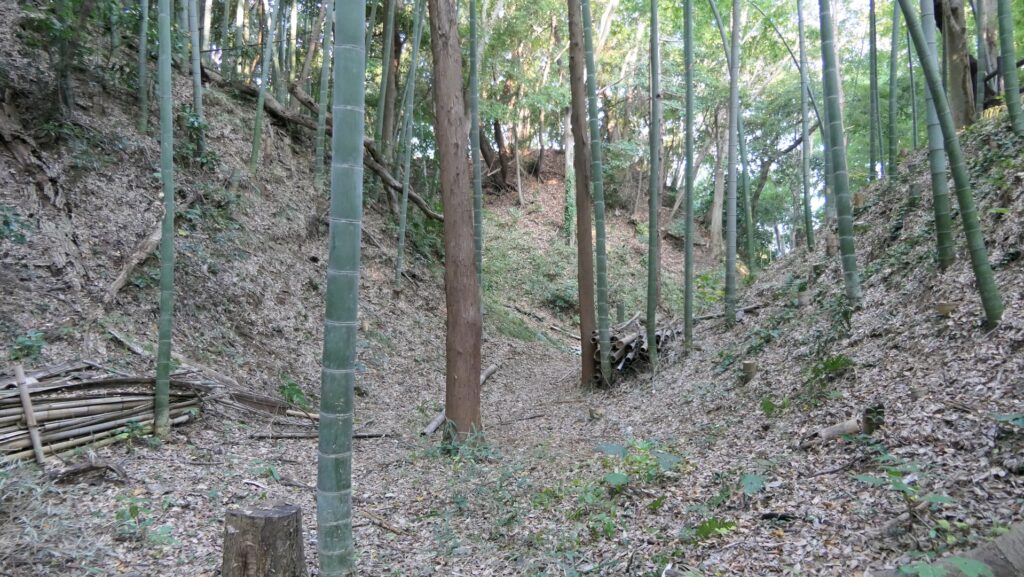

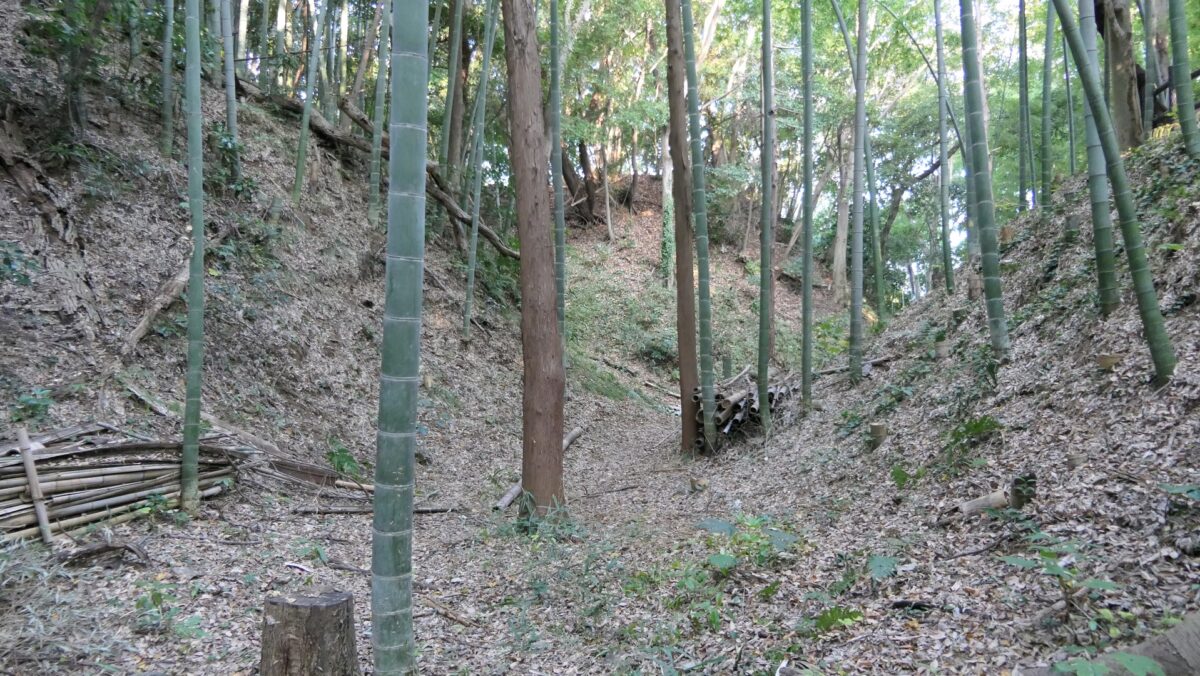
「125.Kozukue Castle Part1」への3件のフィードバック
コメントは受け付けていません。